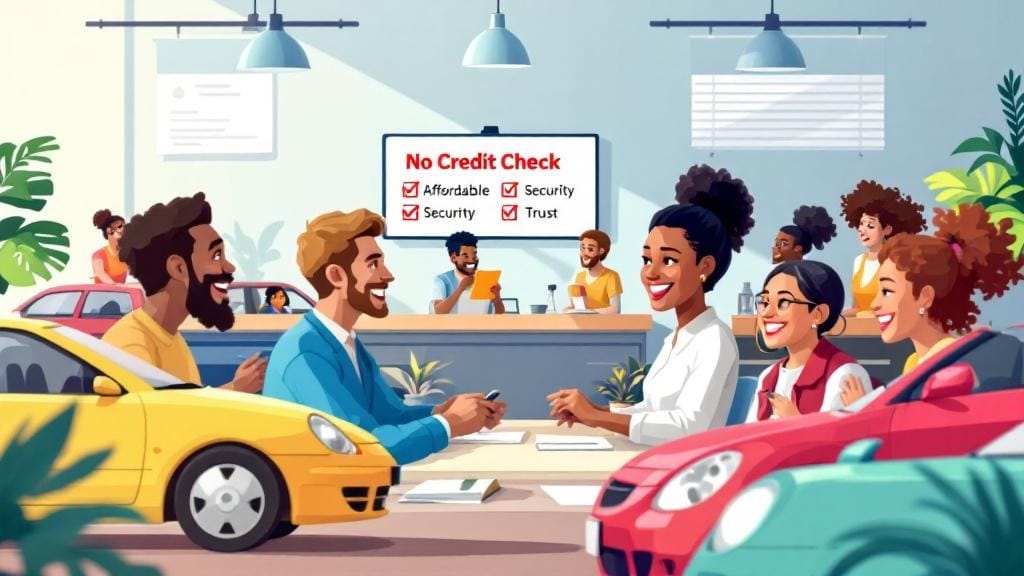Managing your money effectively is a skill that can be learned with a bit of effort and the right approach. One of the best ways to achieve financial freedom is by knowing how to prioritize spending with a budget. By understanding your income, expenses, and financial goals, you can make more informed decisions and avoid financial stress. In this post, we’ll break down how you can create a budget that helps you achieve your financial goals without sacrificing what you enjoy.
What Does It Mean to Prioritize Spending?
When you prioritize your spending, you’re essentially deciding which expenses are more important and need to be paid first, and which ones can be adjusted, delayed, or reduced. This concept is crucial to budgeting because it helps you stay aligned with your financial goals and avoid overspending.
But how exactly do you prioritize your spending in a way that enables you to save smartly? Let’s dive into some practical strategies.
How to Plan a Budget: The Basics
Before we talk about how to prioritize spending, let’s quickly cover the foundation of good personal finance management. A budget is your financial roadmap. It outlines where your money is going and helps you make decisions on how to allocate your resources effectively. Here’s how you can start planning your budget:
1. Track Your Income and Expenses
Begin by identifying all your sources of income. This might include your salary, freelance income, rental income, etc. Next, list all your monthly expenses—everything from rent, utilities, and groceries to entertainment and discretionary spending.
2. Set Financial Goals
Your budget should support your goals. Whether you’re saving for a vacation, building an emergency fund, paying down debt, or planning for retirement, having clear goals helps you prioritize your spending in the right way.
3. Categorize Your Expenses
When allocating your budget, break your expenses into different categories:
Essential expenses: Rent, utilities, groceries, transportation, insurance, etc.
Non-essential expenses: Dining out, entertainment, shopping, etc.
Savings: Emergency fund, retirement savings, investment contributions.
4. Track Your Spending Regularly
A spending plan is not static. It’s essential to review your budget at least once a month to ensure you’re on track. This is where monthly budget tracking comes in. It helps you see if you’re overspending in certain areas and adjust as needed.
Budget Allocation Strategies: How to Prioritize Your Spending
Once you have your budget, it’s time to prioritize your expenses effectively. Here are some proven strategies for managing money effectively and ensuring you stay on top of your financial goals.
1. Pay Yourself First: Budgeting for Financial Goals
One of the most effective budgeting tips for savings is to treat savings as a non-negotiable expense. This means you should allocate a portion of your income to savings before you pay for anything else. Whether you’re building an emergency fund, saving for a down payment on a house, or investing in your retirement, paying yourself first ensures that you prioritize your financial future.
2. Use the 50/30/20 Rule
A popular and easy-to-follow budget allocation strategy is the 50/30/20 rule. This method breaks your after-tax income into three categories:
50% for needs: Essential expenses like rent, utilities, and groceries.
30% for wants: Non-essential expenses like dining out, entertainment, and travel.
20% for savings and debt repayment: This portion goes toward building your savings or paying off debt.
This method ensures that you’re covering your necessities, enjoying some discretionary spending, and still focusing on long-term financial goals.
3. Pay Off Debt First
If you have outstanding debts, it’s wise to prioritize paying them off. Debt repayment strategies should focus on high-interest debts first, such as credit cards. Once your high-interest debts are settled, allocate more funds toward savings or investments.
Example of Debt Repayment:
Let’s say you have a $2,000 credit card bill with an interest rate of 18%, and a $5,000 student loan with an interest rate of 4%. Paying off the credit card first would save you more money in the long run because of the high interest. Use the debt avalanche method (paying off the highest interest rate first) for a more cost-effective strategy.
4. Cut Back on Discretionary Spending
It’s easy to overspend on non-essential items like eating out, shopping, or entertainment. While these expenses are part of your life, they should not take precedence over more important financial goals. Look for areas where you can make cuts:
Cancel unused subscriptions.
Limit your dining out.
Reduce impulse purchases.
Small adjustments can help you create more room in your budget for savings or to pay down debt.
5. Plan for Unexpected Expenses
Budgeting for emergencies is critical. You never know when an unexpected expense, like a car repair or medical bill, might arise. To handle these situations smoothly, start building an emergency fund by setting aside 3-6 months’ worth of living expenses. This way, you won’t have to dip into your savings or use credit cards when life throws you a curveball.
Example of Emergency Fund Budgeting:
If your monthly expenses are $2,000, your emergency fund should range from $6,000 to $12,000. Aim to save this over time, starting with a small percentage of your income.
6. Automate Your Savings
To ensure you stay disciplined with your savings goals, consider automating your savings contributions. Set up automatic transfers to your savings account right after you receive your paycheck. This way, you won’t be tempted to spend money that should be earmarked for your future.
7. Regularly Review and Adjust Your Budget
As your financial situation changes, so should your budget. Life events like a new job, a pay raise, a big purchase, or a change in your living expenses can all require budget adjustments. Monthly expense breakdowns help you monitor your budget’s effectiveness, and reviewing your financial goals ensures that you remain on track.
Budgeting Tips for Beginners: How to Stick to Your Plan
Starting a budget can feel overwhelming, but these simple tips can make the process smoother for beginners:
Start small: Don’t try to tackle everything at once. Start by tracking a few key expenses and gradually expand as you get more comfortable.
Use budgeting tools: Use apps like Mint, YNAB (You Need a Budget), or even spreadsheets to track your income and expenses.
Set realistic goals: Don’t expect to save 50% of your income right away. Start with small, achievable goals and increase your savings rate over time.
Stay disciplined: Building financial discipline takes time. Be consistent and keep reviewing your budget to make sure you’re staying on track.
FAQs on How to Prioritize Spending with a Budget
1. How do I create a spending plan that works for me?
Creating a personalized spending plan starts with understanding your income and expenses. Begin by categorizing your expenses into essential and non-essential groups. Allocate a portion of your income to savings and prioritize debt repayment. Regularly track your spending and adjust as needed.
2. What are the best budgeting tips for savings?
The best tips include paying yourself first, automating your savings, and focusing on high-interest debt repayment. Additionally, cutting back on unnecessary expenses and building an emergency fund will set you on a path toward financial security.
3. How can I track my expenses effectively?
Expense tracking apps like Mint, PocketGuard, or a simple spreadsheet can help you monitor your spending. Make it a habit to review your expenses weekly to ensure you’re staying within your budget.
4. What are some spending reduction tips for financial discipline?
To reduce spending, focus on areas where you have control, such as dining out less often, cutting back on subscription services, and buying used instead of new. By setting clear limits for yourself, you can curb impulse spending.
5. How can I use budgeting for debt management?
Prioritize paying off high-interest debts first and aim to make extra payments toward your debt whenever possible. Consider using the debt avalanche or snowball method to accelerate your repayment.
6. How can I save for emergencies with a budget?
To save for emergencies, allocate a portion of your monthly income to an emergency fund. Start small and gradually increase your savings until you have enough to cover 3-6 months’ worth of living expenses.
7. What is the best way to balance income vs. expenses?
Strive for a balance where your expenses don’t exceed your income. Track your spending and make adjustments, such as reducing non-essential purchases, to ensure you’re not living beyond your means.








Comments (0)